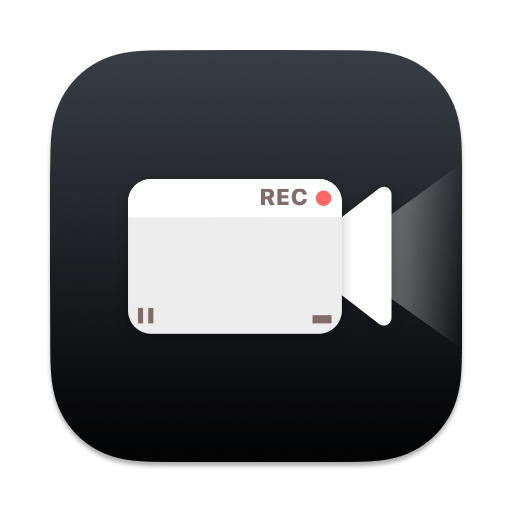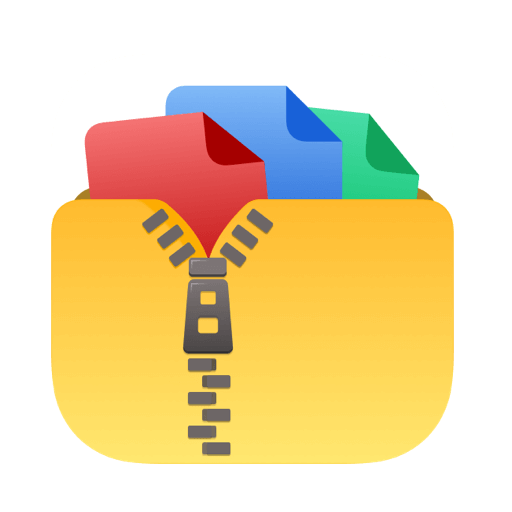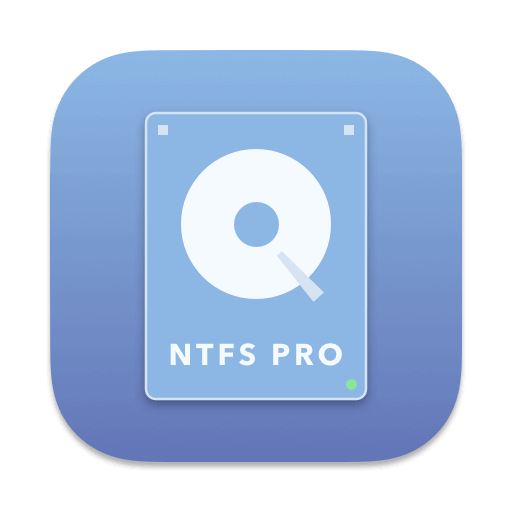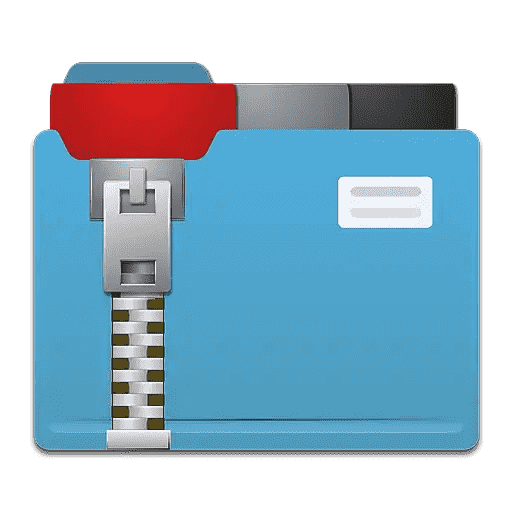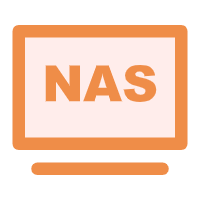What is NAS?
In simple terms, NAS is like a box similar to a hard drive, but it can be connected to your home network, allowing you to store files in it and access them from any device at home.
Here's a more detailed explanation:
NAS stands for Network Attached Storage.
NAS is a specialized file storage device that can be connected to your home network, allowing multiple devices to share files and data.
NAS typically comes as a dedicated hardware device with its own operating system and management interface, and it provides file sharing services via network protocols such as SMB, AFP, NFS, etc.
NAS devices usually have multiple hard drive slots to accommodate several hard drives, thus providing large storage capacity.
Some NAS devices also offer additional features such as data backup, remote access, media servers, etc. With NAS, you can conveniently store, access, and share files and data within your home network.
What is NAS used for?
- Setting up home entertainment (tutorial coming soon).
- Data backup (personal cloud storage).
- Family photo albums (shared across devices within the home network).
- Remote access (supported by some NAS devices).
Difference between NAS and cloud storage
Advantages: Resource security and stability, no risk of data loss or censorship, fast access within the home LAN, particularly rapid playback speed.
Disadvantages: Higher price compared to cloud storage, relatively higher power consumption, needs to be kept running.
How to set up a personal home media library center with NAS?
You'll need software called "VidHub" for this. Simply import movie files into a folder on your NAS, then mount the NAS to "VidHub" with a single click, and it will automatically scrape them into a beautiful movie poster wall.
Detailed steps:
Step 1: Choose a NAS device: Select a NAS device that fits your needs. Consider storage capacity, processing power, scalability, and your budget.
Step 2: Connect to the network: Connect the NAS device to your home network. Usually, you just need to plug it into the network port of your home router and follow the device instructions for setup.
Step 3: Install and configure NAS operating system: Many NAS devices come with their own operating system, often with a simple setup wizard. You can set up basic parameters such as admin password, network settings, etc. It's recommended to create a dedicated user on the NAS for accessing the shared folders you'll create later. For example, set up exclusive users for minors.
Step 4: Set up shared folders: Create one or more shared folders on the NAS to store your movies.
Step 5: Add media files: Copy your movies into the shared folders on the NAS. Typically, after creating shared folders, NAS allows access via the SMB protocol. If you need to use the WebDav protocol, you can find tutorials specific to your NAS device for setup.
Optional: Setting up remote access: If you wish to access your media files from outside your home network, configure the NAS device to support remote access. This usually involves setting up dynamic DNS and port forwarding. Configuring remote access generally requires a good understanding of networking and involves configuring both the NAS and your home network devices. It requires some networking expertise and is not recommended for beginners.
Step 6: Add file source: Open the VidHub software, click on File Source, select Add/Modify File Source, and choose to add SMB.
Step 7: Add SMB, fill in information: When adding an SMB server in VidHub, you need to fill in the "Server Address," "Username," "Password," and "Domain" information. VidHub will automatically scan and list all devices discoverable on the current network. Click on the NAS device you want to add from the list of discovered devices, and it will automatically fill in the server address information; you need to manually enter the username and password. The domain can be left blank. Click Add to complete the mounting process.
If there are no available shares below, manually enter the server address, which can be the hostname or IP address of your NAS. For example, if your NAS hostname is NAS666, then the server address should be NAS666. Then input the username and password. The domain can be left blank. Click Add to complete the mounting process.

